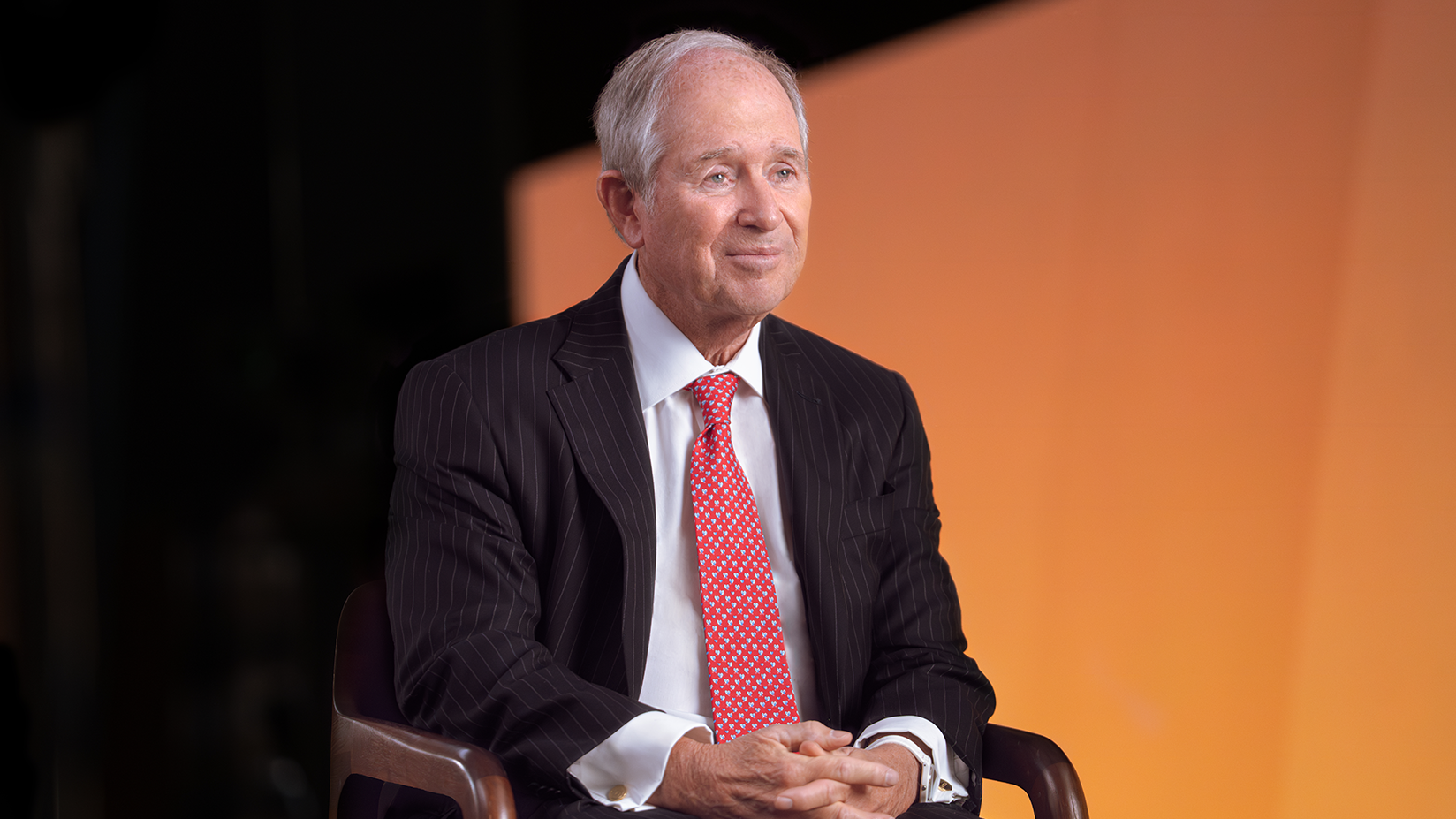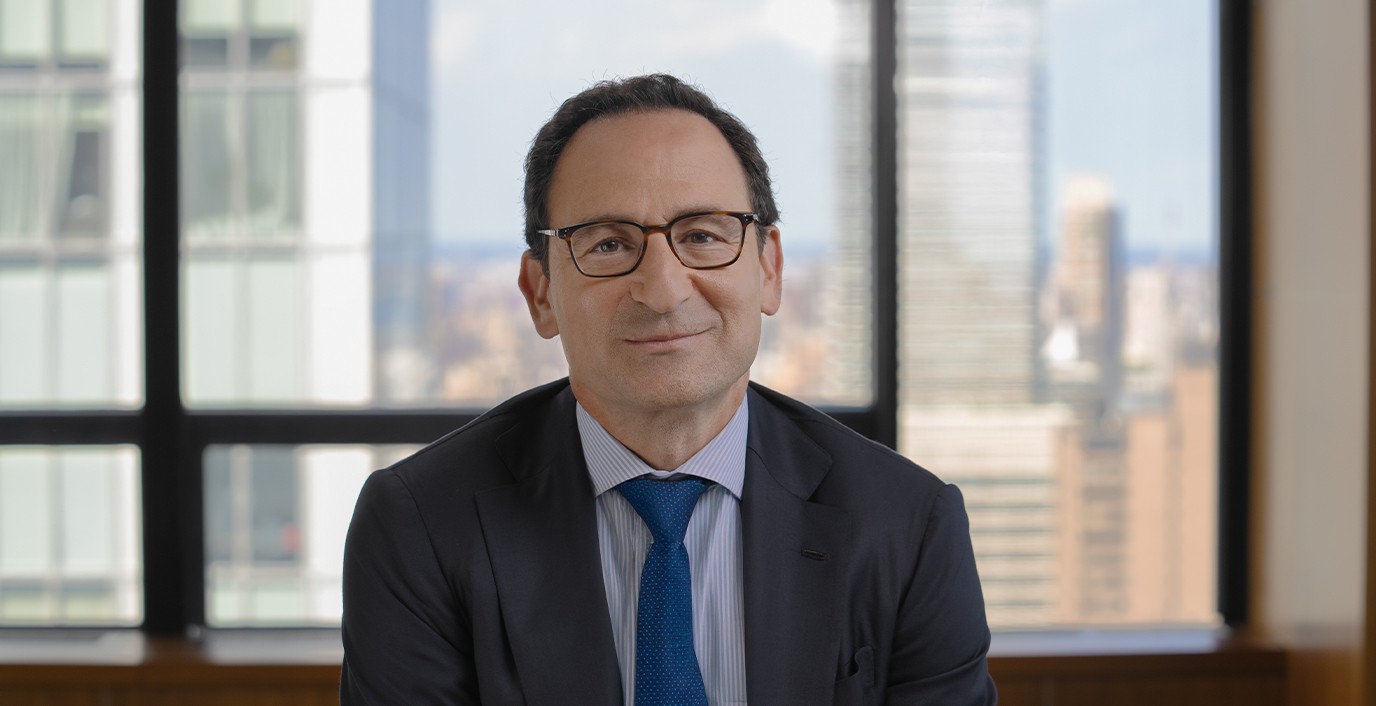by Joe Dowling, Global Head of Blackstone Alternative Asset Management
In BAAM, we aim to build resilient portfolios that seek to generate compelling returns across various market environments. Predicting the future is impossible, so building resilient portfolios requires us to be probability-based in our asset allocation and investment decisions. The shift from quantitative easing (QE) to quantitative tightening (QT) means less liquidity and more volatility. As a result, investors need a new investment playbook, and in our view, absolute return strategies have the potential to deliver strong returns and diversify portfolios in these conditions.
It’s a different market now For a decade, markets benefited from a favorable investment environment. Interest rates were low, inflation was low and well-anchored, and globalization enabled companies to access the lowest marginal cost for inputs. Multiples expanded, and, as a result, asset prices went up. Investors were rewarded for investing in companies that sacrificed present-day profitability to deliver long-term growth. A traditional US 60/40 portfolio annualized over 11% returns in the 10 years between 2012 and 2021.[ 1 ]
But those days are over. Interest rates are high, inflation is high and unpredictable, and companies value resiliency over efficiency. In many respects, the market trends of the last 10 years reversed. The traditional strategies that worked so well in the previous environment are now exposed to an increasingly difficult investment framework. The same US 60/40 portfolio lost 16% in 2022, one of the worst returns on record for the strategy.
QT for longer Starting in June 2022, the Fed moved from quantitative easing to quantitative tightening. During the prior QE era, the Fed was a recurring and large-scale buyer of assets, including US Treasury bonds and mortgage-backed securities. This injected dollars into the economy and ballooned the Fed’s balance sheet from roughly $1 trillion in 2008 to $9 trillion by the end of 2021.
In the wake of higher inflation, the Fed is now removing dollars from the economy by shrinking its balance sheet, most recently by letting securities mature and naturally run off. The Fed set the monthly cap on reduction at $95 billion per month, consisting of a treasury cap of $60 billion per month and a mortgage cap of $35 billion per month. We estimate that it will take 2–4 years to get the central bank’s balance sheet down to an equilibrium size at this rate.[ 2 ]
Less liquidity creates more volatility The QE era had abnormally low volatility across asset classes, and increased liquidity suppressed market movements. In fact, equity volatility was 23% lower on average in the 10 years between 2012 and 2021 versus the prior 10 years between 2002 and 2011 [ 3 ] Meanwhile, bond volatility was 38% lower on average for the same periods.[ 4 ]
QT is reversing this trend, as declining market liquidity amplifies market movements. In 2022, volatility across asset classes increased substantially, and it remains elevated in 2023. While volatility translates into increased investment risk, risk often creates opportunity. Many alternative investment strategies benefit from heightened market volatility and increased dispersion within and across asset classes.
Time to scrutinize portfolio construction A market regime shift like this one requires us to reflect on how we invest and build portfolios. This means asking and answering difficult questions, including these three.
1. Will multiple expansion continue to drive returns in this environment?
It is unlikely. US equities currently trade at 17x next year’s earnings, which is in line with the average multiple over the last roughly 30 years.[ 5 ] High interest rates are a headwind to multiples, not a tailwind.
2. What will a portfolio return if equities are flat over the medium term?
Equities were the primary driver of strong returns over the past decade. In a US 60/40 portfolio, equities returned 16%+ annualized while bonds returned about 3%. This performance suggests that many portfolios that performed well in the previous environment were over-reliant on equities.
3. Does the portfolio have truly “diversifying” exposure?
Recent negative equity/bond correlation made it seem like traditional portfolios were diversified. However, bonds are not reliable diversifiers historically. Equity/bond correlation was positive in 62% of the last 50 calendar years, including 2022.[ 6 ]
Absolute return strategies aim to be truly uncorrelated Traditional strategies like the 60/40 are not balanced when equities and bonds are correlated. Adding absolute return seeks to provide more balance through differentiated sources of return. Based on our analysis, we believe a 60/30/10 portfolio that allocates 10% to absolute return strategies can help accomplish this goal.
Examples of absolute return include trading, quantitative, alternative credit, and macro strategies. Trading strategies provide liquidity to markets by buying and selling securities as an intermediary. As liquidity becomes scarce, intermediaries command higher returns. Quantitative strategies seek to capitalize on short-term movements in markets without taking a directional view on the long-term appreciation of assets. Alternative credit strategies aim to invest in debt opportunities that are structural and less correlated to the economic cycle. And macro strategies take long and short positions in macro markets, such as interest rates, to express relative value views.
Putting these strategies together, absolute return exposure seeks to generate consistent returns regardless of underlying market conditions. We believe that their consistency and uncorrelated nature can build resiliency in traditional portfolios that may be exposed in the current environment.




